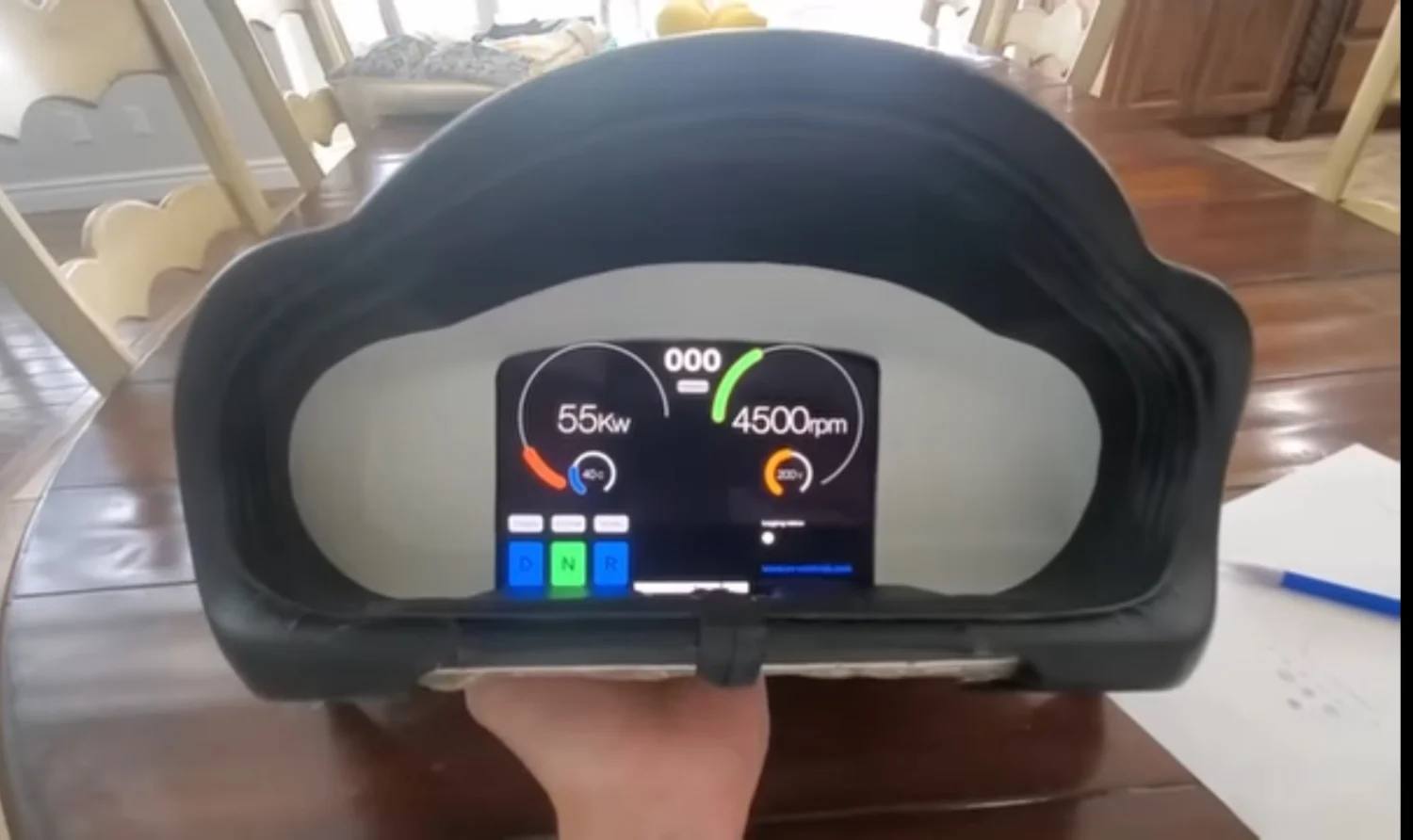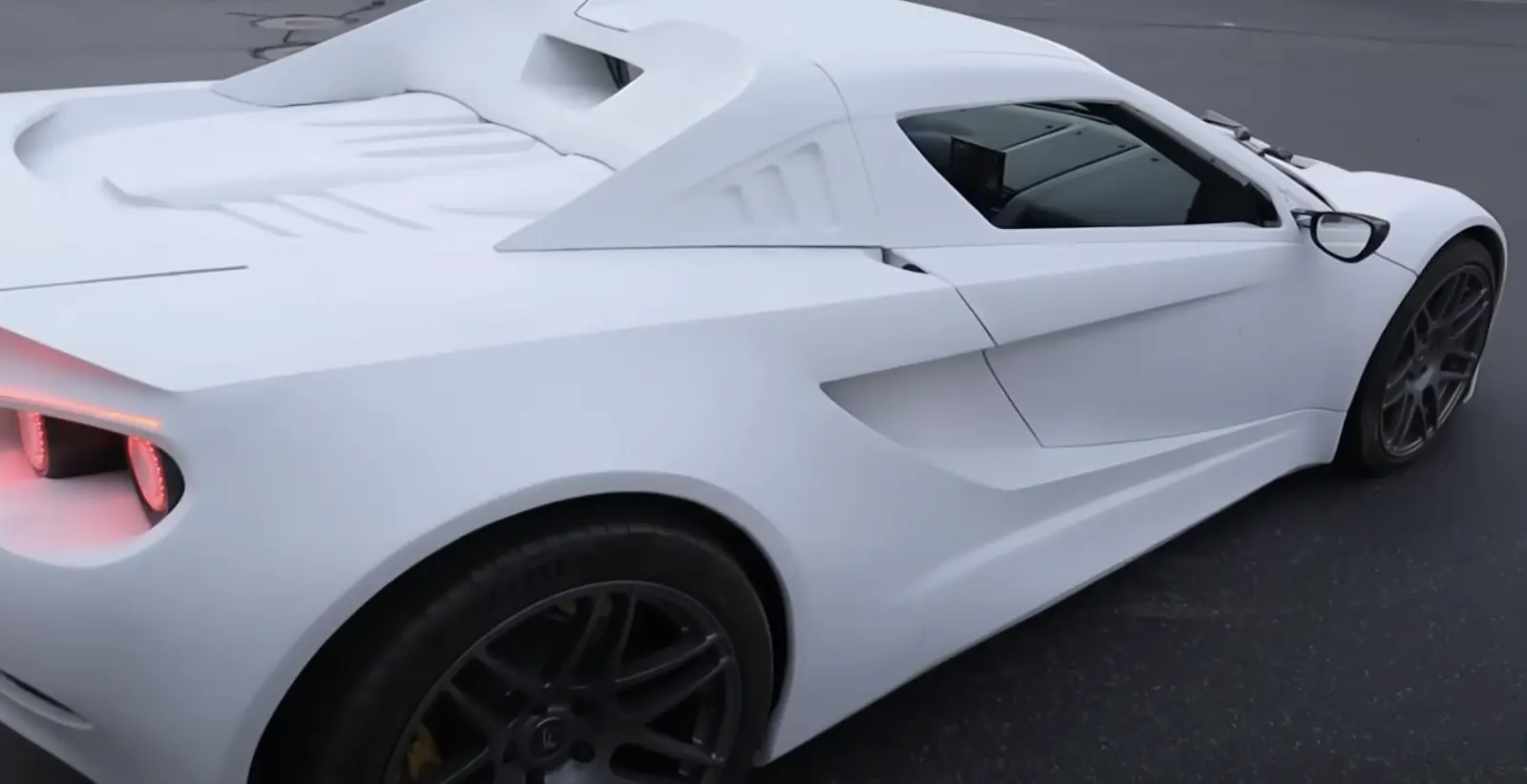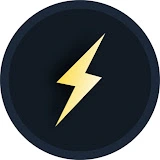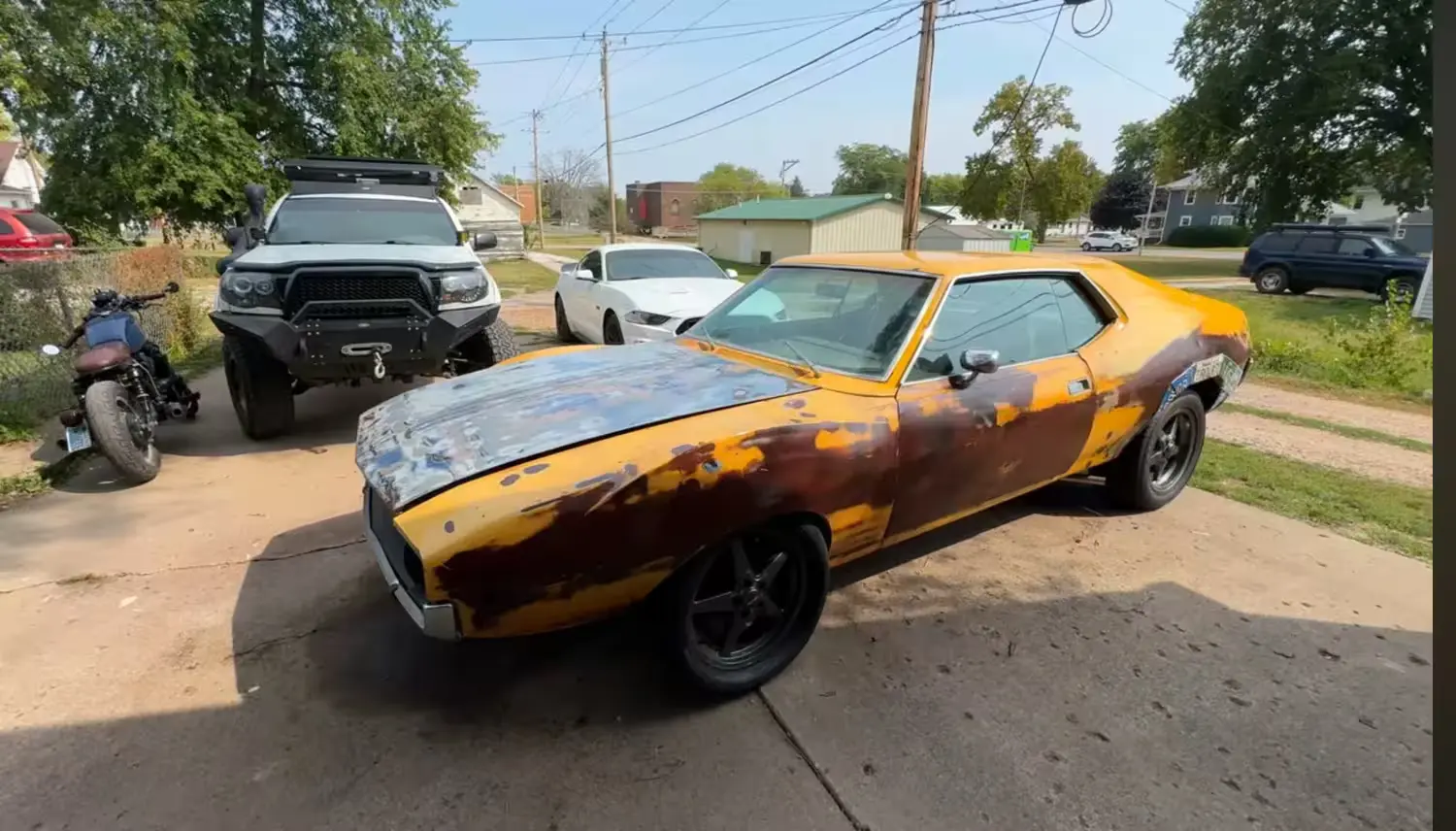How I Turned an Ambitious Dream Into an Electric Supercar
Hey there, fellow car enthusiasts! Today, I’m taking you along on my journey of building a Tesla Roadster from scratch—yes, you read that right. Over the course of three years, I dove headfirst into this project with minimal experience, countless mistakes, and more lessons than I can count. It wasn’t easy, but in the end, I created something I’m incredibly proud of: a fully functional, electric supercar.
Let me take you through the highs, lows, and everything in between of how someone who barely knew how to change spark plugs built a Tesla-powered masterpiece.
The Beginning: A Rough Start
When I first decided to take on this build, my automotive resume was… well, let’s call it limited. The most advanced thing I’d ever done was change spark plugs, so I needed a starting point. I bought a K1 Attack kit, hoping for clear instructions to guide me through the process.
Spoiler alert: there were no instructions. None. No manual, no guide—just a bunch of parts and a lot of Googling.
That’s when I had to teach myself everything: riveting, wiring, soldering, welding, painting—you name it. I owe a lot to YouTube because, honestly, it became my best teacher.

Suspension and Brakes: A Crash Course in Car Building
I started with the suspension and steering, both of which were completely new to me. Next came the brakes, where I got a hands-on lesson about single vs. double flares and how caliper piston size affects the brake master cylinder. Let’s just say, learning this stuff on the fly comes with its own set of “aha!” moments.
Takeaway? Brakes are far less intimidating than they seem—once you break them down (pun intended).
Mounting the Tesla Motor: The Real Challenge Begins
The heart of this build is the Tesla Performance Model S rear drive unit, but getting it to fit was a challenge. I had to modify the chassis to accommodate the Tesla subframe. This might sound straightforward, but there was just one small problem:
I had never welded before.
Welding wasn’t the only new skill I picked up during this phase—I also learned how to wire the motor. And if you’re wondering, yes, I did fry a few wires before learning that fuses are not optional.
But after weeks of problem-solving and a lot of trial and error, I got the motor mounted and wired.
Batteries and High Voltage: My Biggest Hurdle
When it came to powering this beast, I had to design and build a custom battery box to house all the Tesla batteries. This involved hours of wiring, crimping, and dealing with high-voltage components—something I’d never touched before.
It was nerve-wracking at first, but after a lot of patience (and thankfully, no explosions), I figured it out.
The moment I saw the Tesla motor spin for the first time was one of the biggest wins of the entire project. That was when I knew I was finally making real progress.

Fiberglass Panels and Widebody Modifications
One thing I didn’t anticipate was how wide the Tesla drive unit would be. It threw off my entire build, forcing me to get creative with the bodywork. I had to extend the fenders by 3-4 inches on each side, which meant diving into the world of fiberglass molding for the first time.
I even designed a custom center console and used a gear selector from a Honda Odyssey—because when you’re building from scratch, sometimes you just have to make things work.
No manual? No problem. I learned to improvise and adapt, and I can’t lie—it turned out better than I expected.

Vinyl Wrap and Carbon Fiber: Bringing It All Together
Once the mechanical and bodywork was done, it was time to make the car look the part. I taught myself how to vinyl wrap, spending long hours perfecting the body’s finish. For a first-time wrap job, I was pretty proud of the result.
To top it off, I added carbon fiber accents that gave the car a real supercar feel. The wrap and carbon touches turned the Roadster into something that looked as good as it performed.
The First Drive: The Moment It All Paid Off
After years of late nights, busted knuckles, and moments where I thought I’d never finish, the day finally came: I took my DIY Tesla Roadster out for its first drive.
It was everything I had hoped for and more. I even took it to Sonoma Raceway to see what it could really do, and to my surprise, it held its own—beating a few Teslas on the drag strip! There’s no feeling quite like driving a car you built with your own two hands.

Final Thoughts: Why You Should Just Go For It
Building this Tesla Roadster was one of the most challenging, rewarding, and downright exciting experiences of my life. I started with almost zero automotive experience, and over three years, I taught myself every skill I needed to complete the build.
If you’re thinking about taking on a big project like this, my advice is simple: just do it. You’ll make mistakes, you’ll get frustrated, and you’ll learn more than you ever thought possible. The car community is full of amazing people and resources to help you along the way—you just have to take the first step.
Thanks for joining me on this wild journey. I can’t wait to share more builds and projects with you soon!
Want to see the full build and more exciting electric car projects? Check out my channel, Electric SuperCar, on YouTube: Watch Here.
See you next time, and keep chasing those dreams!





